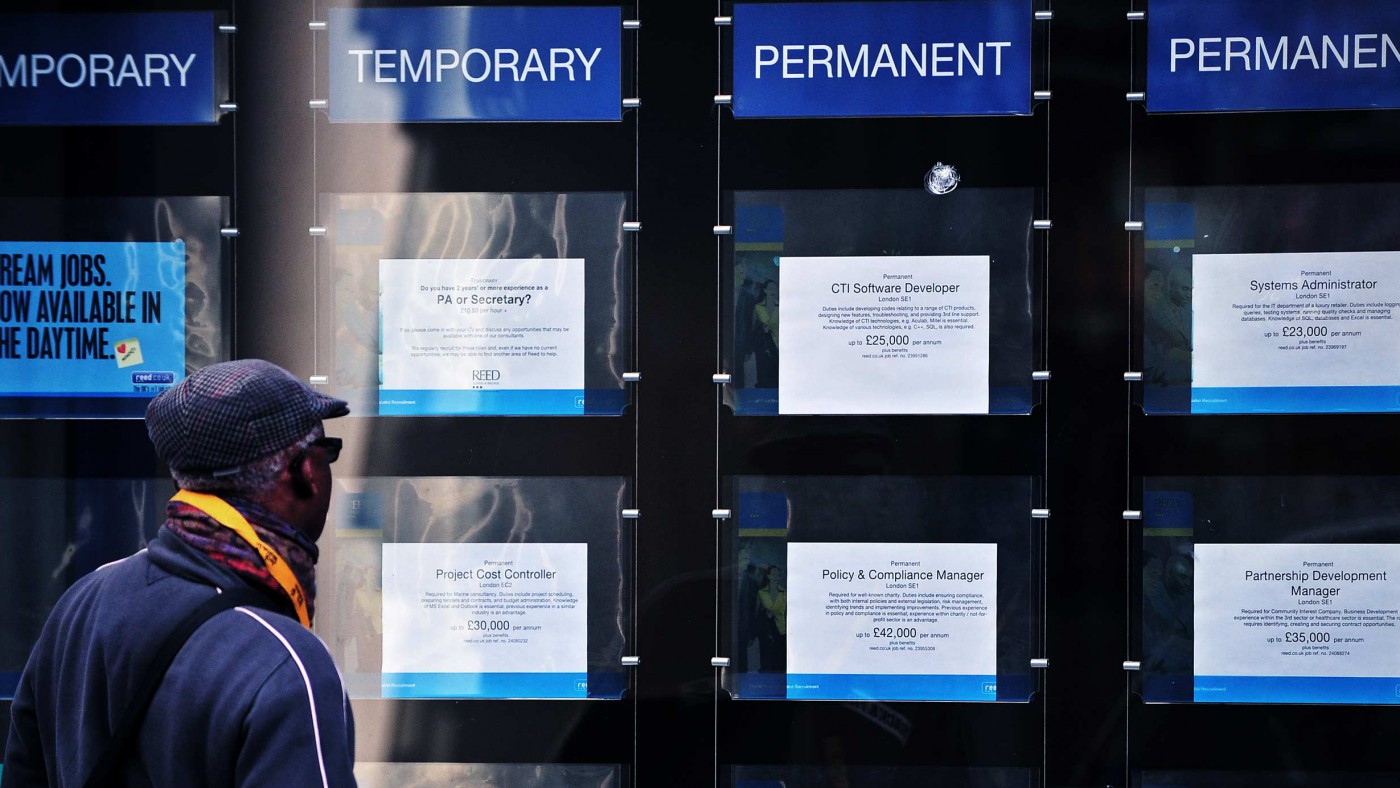The Office for National Statistics published their analysis on the UK labour market today, and compared to last year, employment and jobseeker’s claimant figures look positive. Although there are a few worries for the government with a slight increase in unemployment over the past two quarters, and the ONS saying the collected data proposes the high jobs growth over the past two years could be “levelling off”, there is much to be cheerful about: rising wages are a boost to consumers, and signs of rising productivity will be welcome news to the government.
Here six takeaways from the latest figures.
- The number of people registered unemployed in the April to June period was 1.85 million (5.6%), a hike of 25,000 from the previous quarter. This is the first time in 2 years Britain has seen repeated rises in quarterly unemployment figures.
- There were 31.03 million people in work, 63,000 less than for January to March this year but 354,000 higher than the previous year. The Jobcentre Plus found the number of people claiming Jobseeker’s Allowance dropped by 27.4% in July compared to the previous year, to 730,000.
- There has been on average a 2.4% pay rise for employees in Britain including bonuses, and 2.8% excluding bonuses, since last year, outstripping inflation which remains near 0%. However, this is markedly lower than the 3.2% rise seen in the last quarter from February until May.
- There are fewer women unemployed than men. 838,000 women were found not to be in work, 92,000 less than a year earlier, whereas 1.01 million men were registered unemployed, 130,000 fewer than the past year.
- The amount of hours worked fell 0.2% in the second quarter, indicating a 0.9% rise in GDP per hour labour productivity.
- Regionally, England and Scotland both have unemployment rates of 5.6%, while Wales currently stands at 5.9% and Northern Ireland at 6.5%. The South West showed the lowest unemployment at 4.4% with the North East the highest at 8.1%. Wales saw the biggest employment rate increase between the ages of 16-64 compared with figures from April-June in 2014, rising by 2.4%.
A rise in pay and the decline in number of hours worked allows for more time for consumers to enjoy what they have earned. If the productivity growth continues, wage rises could become more regular – good news for the Tories, since the UK’s lagging productivity has been highlighted by Labour MPs questioning the sustainability of the current economic recovery. That’s not the only political angle – with a Welsh Assembly election approaching, there is bound to be a squabble over who should take credit for a notable boost in employment: the Labour Welsh Government for their work in Cardiff, or the Welsh Conservatives for their work in Westminster.
Regardless, ONS figures should hopefully give most people something to smile about this August.


